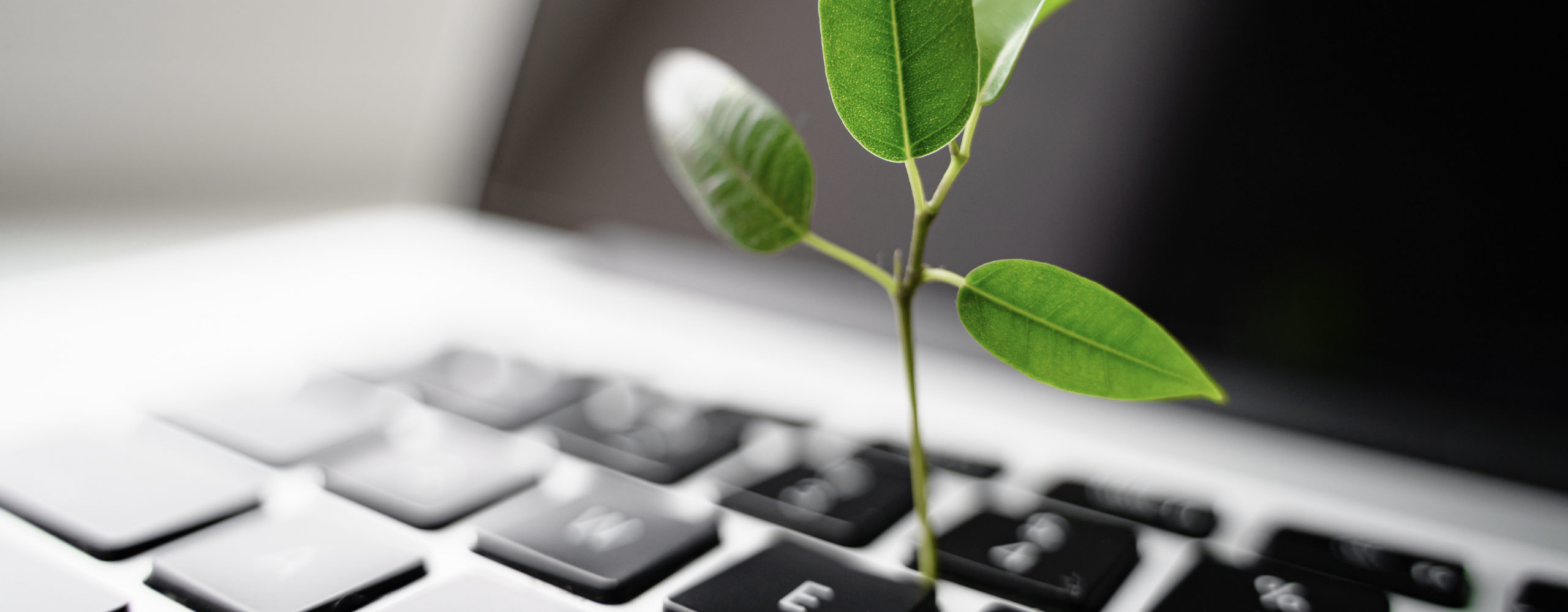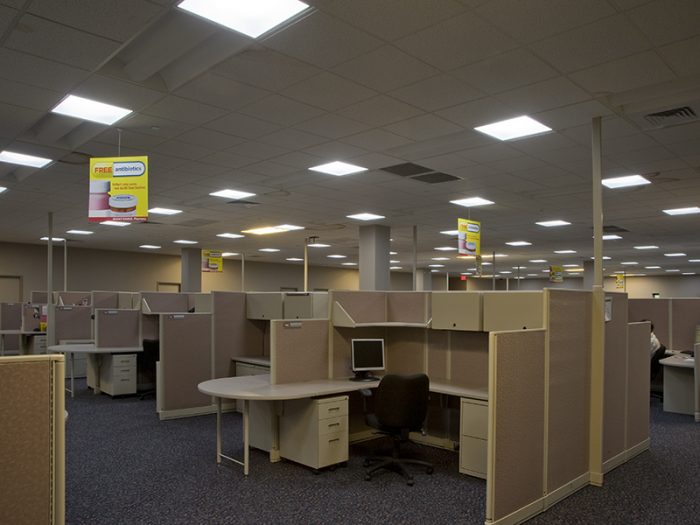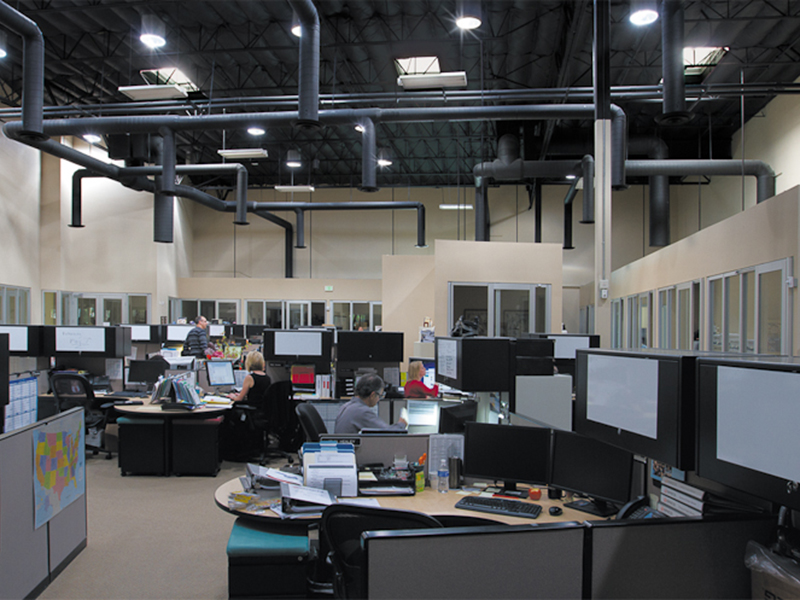
A Guide to Human-Centered Design
From Natural Sustainability to Human Sustainability
From daylighting designs that bring nature’s healing effects into the workplace to better ventilation and fresh air, architects, engineers, product manufacturers, and builders have all begun not only prioritizing energy and resource conservation but also occupant health and wellbeing.
This new movement from natural sustainability to human sustainability is seen as the third evolution of green design—and a shift that is redefining the very meaning of sustainability. Let’s break this down.
What is human sustainability?
In short, human-centered design, or human sustainability is based on a philosophy that empowers architects to design a building that addresses the core needs of the occupants.
These efforts are then reinforced by the U.S. Green Building Council’s leadership in Energy and Environment Design (LEED) program and the International WELL Building Institute’s WELL Building Standard, which set benchmarks for energy and resource efficiency, environmental impact, and health-centered designs and practices.
Why human sustainability?
Poor design can provoke employee dissatisfaction and withdrawal.
In fact, 60% of employees today find it difficult to concentrate because of their work environment compared to 46% of employees in 2018, highlighting the need for today’s workplaces to be productive and inspiring.
Furthermore, the last few years have shown us that health goes far beyond just our physical well-being. Employees are now looking for purpose-driven work environments that help foster positive mental health.
Each day, new research, case studies, design guides, and design standards magnify the importance of creating healthy work environments to foster employee longevity, productivity, and well-being. For example, a study by Dr. Alan Hedge, a workplace design expert and professional at Cornell University, found that natural light in the workplace decreases eyestrain among employees by 51%, drowsiness by 56%, and headaches by 63%.
A thoughtful and empathetic design can lay the foundation for workplace culture and employee morale, thus mitigating burnout and related organizational issues including productivity, retention rates, and job satisfaction.
Employees will benefit from improved mental, physical, and social health, which then all adds up to improved organizational health, thus positively impacting the bottom line.
How to design for human sustainability?
Growing research has shown that biophilia has a distinct physiological and psychological impact on humans.
By integrating elements of nature into your design, occupants inside the building will experience reduced stress. increased productivity, amplified creativity, and improved morale.
- Improve Lighting with Natural Daylighting
Artificial Lights? No, Thank You.
If you had the choice between working in a room lit by natural light, or one lit by fluorescent bulbs, which would you choose? Most of us would prefer the former.
Artificial light cannot come close to replicating the quality of natural light and its positive impact on us. Scientists at the Lighting Research Center (LRC), in Troy, N.Y., for example, have reported that daylit environments increase occupant productivity and comfort, and provide the mental and visual stimulation necessary to regulate human circadian rhythms and the production of neural transmitters, such as serotonin.
Serotonin, sometimes known as the happy chemical, leaves us feeling more energized, happy, and well-rested while fighting and reducing stress, anxiety, depression, and seasonal affective disorder (SAD). And that’s great for the health and well-being of not only working adults but also children in schools and other learning environments.
- Ventilation
Air quality should be another top priority in your budget if you are concerned about employee wellness.
With most Americans spending up to 90% of their time indoors and many workers now heading back to an office environment, indoor air quality could help foster a sense of security during these times.
Additionally, it can help cultivate a productive work environment. One Harvard T.H. Chan School of Public Health study found that air quality can have “significant impacts on employees’ cognitive function, including response times and ability to focus, and it may also affect their productivity.”
- Create a Collaborative Environment with an open Floorplan and Flexible Seating
An office’s layout can direct the entire workflow of the building. That is why it’s also important to create a great work environment that supports employee productivity, accommodates different working styles, and is flexible enough to support various activities and collaboration.
By integrating collaborative furniture and social spaces into the office design, employees can connect, work together and build relationships.
- incorporate Spaces for Breaks and Movement
Finally, it’s important to extend the focus beyond the environment.
Back pain, headaches, and eye strain are common issues for people working in an office environment – and while the recommendations above can help lessen some of these factors – encouraging breaks and movement is also needed and actually has cognitive benefits as well.
Human-Centered Design with Solatube


Solatube Tubular Daylighting Devices (TDDs) are a simple, affordable and energy-efficient way to bring natural, controlled sunlight into a building. With Solatube TDDs, daylight can reach places never thought possible, overcoming limitations associated with windows and traditional skylights in both new and retrofit applications.
TDDs start with domes that sit on the roof of a building, engineered to capture sunlight from virtually any angle. They then push that light into the building space via highly reflective tubes and fixtures that diffuse it for a beautiful spread of natural light into the area beneath. Additional features can also be fitted to specific TDD systems to allow the devices to dim and/or integrate with LEDs.
TDD patented technology nearly eliminates infrared wavelengths from 950-2500nm, allowing the system to deliver a full spectrum of visible light without bringing in the heat, making TDDs perfect for hot climates where traditional skylights may be a problem.
The end result includes inspiring and healthy office environments with benefits that go way beyond energy efficiency.
If you want to learn how to maximize natural light in your commercial workspace to promote employee productivity, health and wellbeing, you can call 888.SOLATUBE to set up a free consultation or visit Solatube.com to find your local distributor.
We can help find flexible solutions by incorporating Solatube TDDs into your projects, from spec writing to daylight modeling to a simple consultation.